
WATEREYE - O&M tools integrating accurate structural health in offshore energy
The Watereye project will design an advanced monitoring system that will make it possible to remotely detect corrosion levels

The Watereye project will design an advanced monitoring system that will make it possible to remotely detect corrosion levels
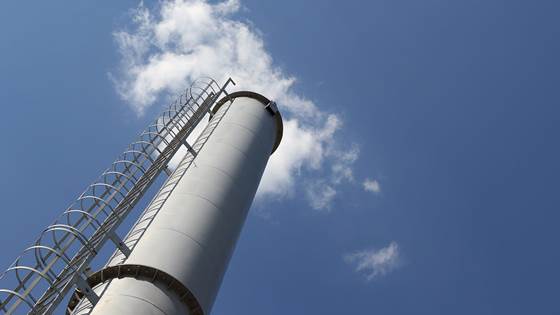
The Norwegian industry is among the cleanest in the world and great efforts are made to reduce emissions even further. To this end, many different kinds of challenges must be overcome, and one often overlooked difficulty lies in measurements. The...
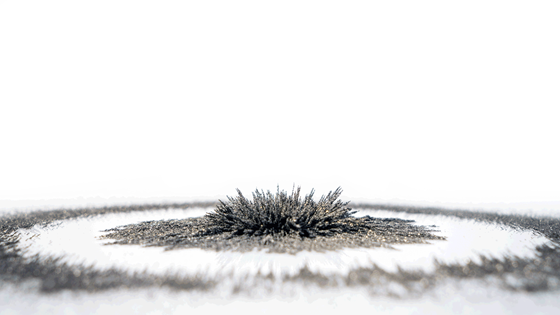
The aim ogf the project is to produce magnetic materials with superior and long-lasting magnetic properties based on high entropy alloys (HEA), using machine learning and additive manufacturing for materials selection and synthesis as well as high...
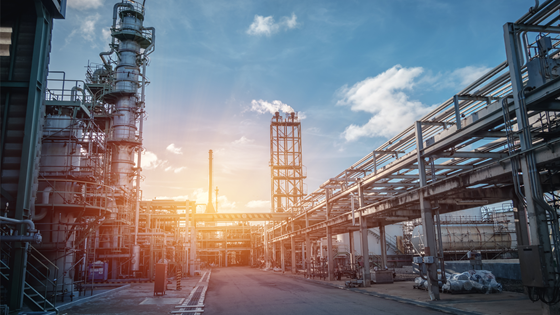
Capturing CO2 emitted from industrial processes and power generation is important in the fight against climate changes. The overall aim of this project is to contribute to reduced CO2 capture costs, by research on components in polymer materials...

The project aims to provide added value to profile- based components by including surface treatment in the processing of these products. The results from the project will be used as a basis to decide if investment in new lines for surface treatment...
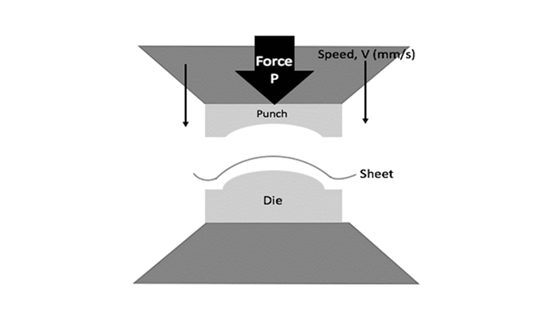
The goal of the project is to establish technology to make demanding components for automotive, enabling lighter cars with reduced CO2-emission.
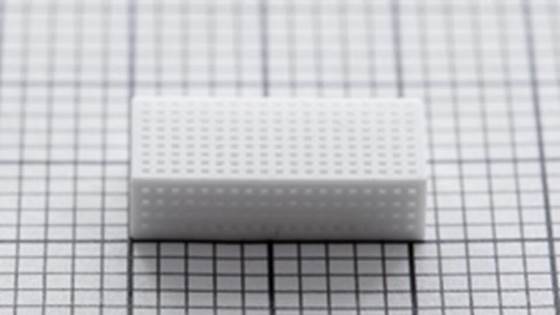
The 3D-PIEZO project aims to develop a manufacturing chain for 3D printing and multilayer lamination of piezoelectric elements for ultrasonics and other applications. The project will apply lead-free (Pb-free) high performance piezoelectric ceramic...
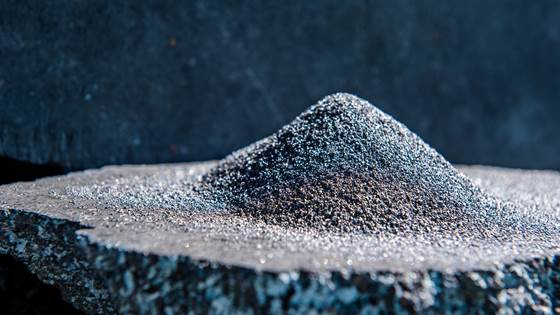
Elkem with the support of NTNU and SINTEF aims to develop a premium silicon grade dedicated to silicones production.
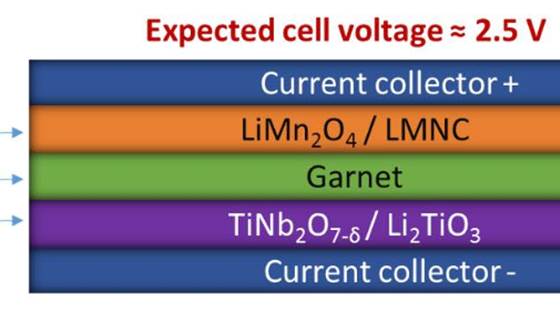
In the research project OxiBat, we aim to design, develop and test new oxide-based all solid-state batteries (ASSB) with long lifetime and low degradation during operation. Development of ASSB is important since these are fireproof and...
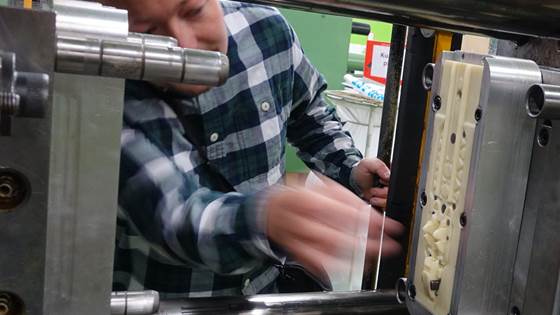
This project deals with technology for rapid and inexpensive injecion moulding of small product series. The main topic is additive manufacturing (AM) of mould inserts.

The goal of the HEATER project is to design high-entropy alloys for functional applications using a high-throughput approach based on theoretical, computational and experimental data.
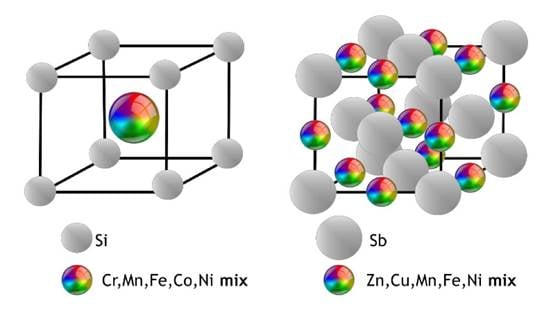
The goal of ANSWER is to develop thermoelectric materials with impact on global energy management by stabilizing with entropy new covalent compounds.
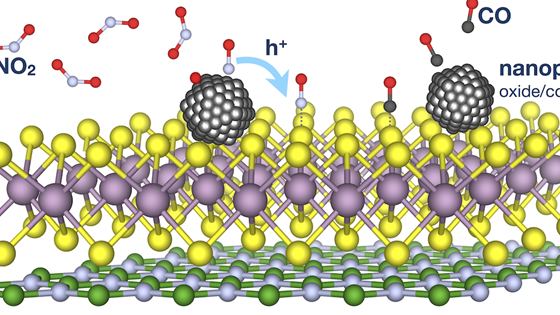
Clean air is a basic necessity for human existence. Poor air quality has accounted for over 4.2 million deaths globally in 2016. As such, there is a need for highly sensitive gas sensors which can be integrated into an early detection system, should...
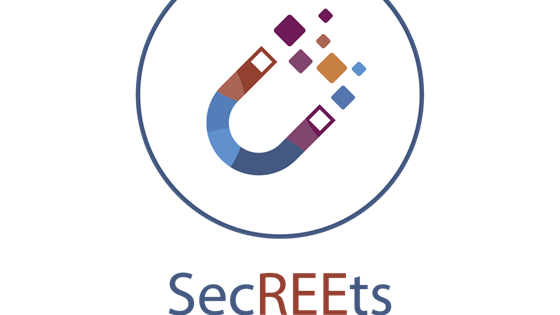
The main goal of the SecREEts project is to establish a stable and secure supply of critical rare earth elements based on a sustainable extraction from European apatite sources used in fertiliser production.
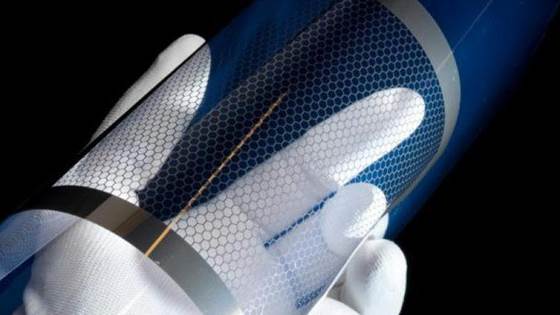
Lasers are currently indispensable for many military and civil applications and there is a considerable need for a material to be included into a device for laser damage prevention of optoelectronic devices and for people protection. The overall...

The transport sector is dominated by fossil fuels, and alternative fuels represent currently only 5% of fuel consumption in EU. The EU objective for the share of renewable energy in the transport sector is 10% in 2020. To achieve this goal, new...

The main goal of the AMRREX project is to implement WAAM and LMD processes for repair and refurbishment of offshore components, fulfilling O&G material requirements, with a measurable cost reduction and reduced lead time.
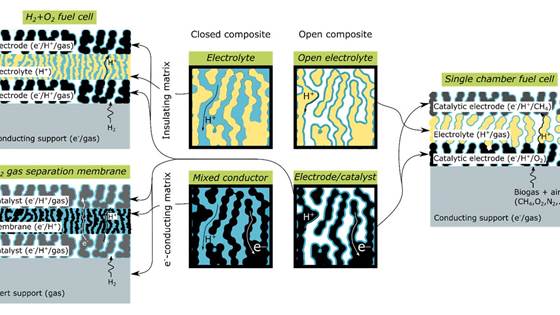
The primary objective of SUPROX is to develop materials for fuel cells based on proton conduction in water layers of porous oxides operating at or above 80 °C as an alternative low-cost non-polymer/non-platinum cell concept.